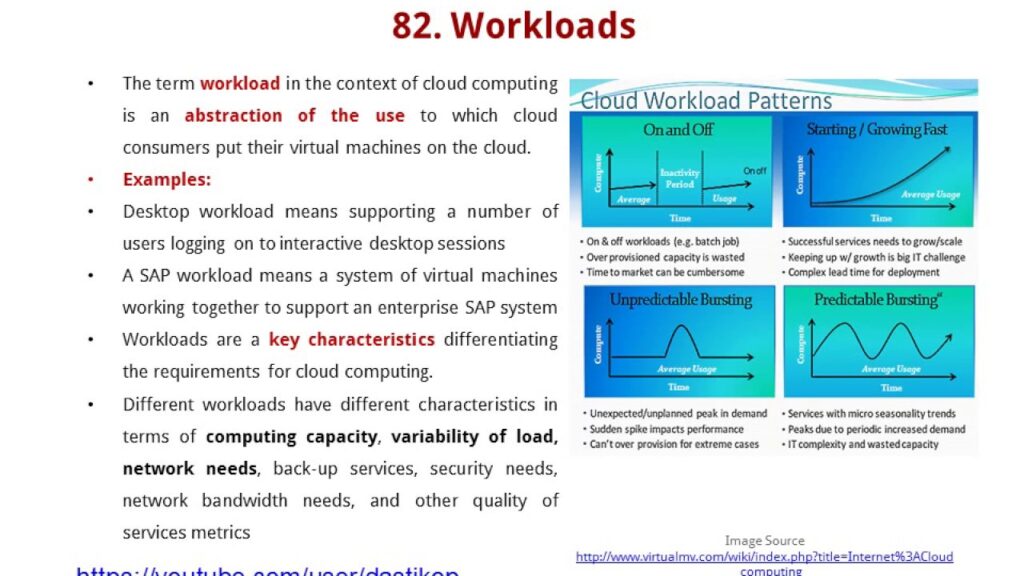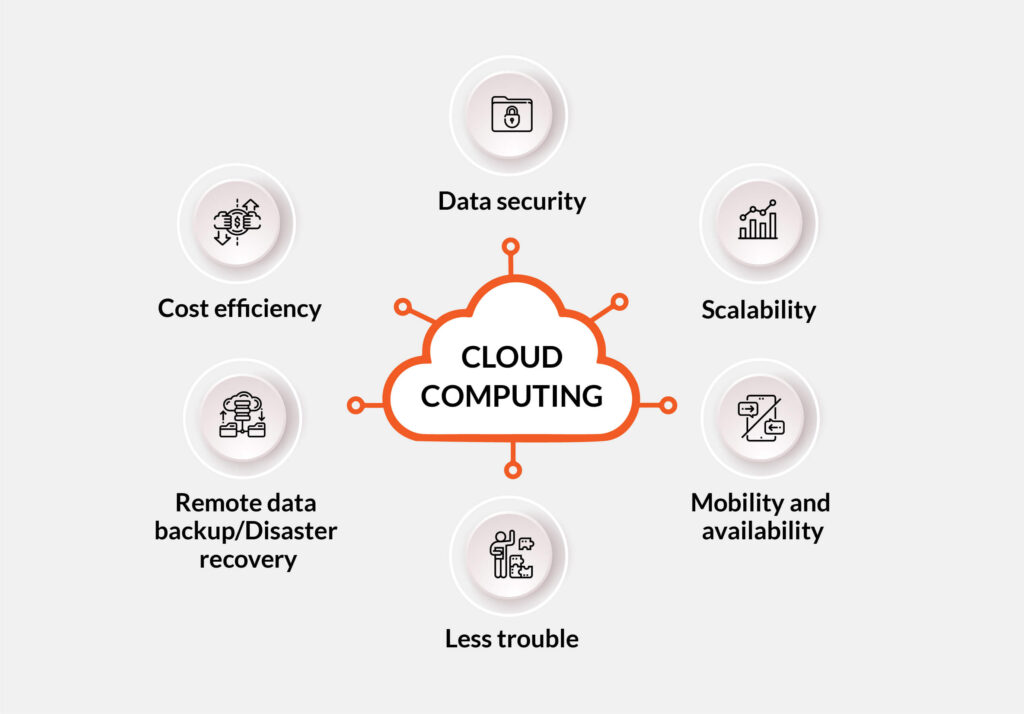In the lead up to 2025, hyper automation is driving transformative changes across industries. Hyper automation combines advanced technologies such as artificial intelligence, machine learning (ML), robotic process automation (RPA), and low-code platforms to automate business and IT processes. This trend promises improved efficiency, better decision-making, and the ability to free up personnel for more valuable tasks. Let’s explore some emerging hyper automation developments that are shaping the future of business development.
1. AI-Powered Process Discovery and Optimization
AI-enhanced process discovery tools are becoming more sophisticated, allowing companies to map and optimize workflows with minimal human input. By 2025, these tools will offer deeper insights, analyze unstructured data, and enable real-time monitoring, reducing operational bottlenecks and enhancing overall productivity.
2. Enhanced Cognitive Automation
Cognitive automation involves AI applications that can understand patterns, language, and make decisions. By 2025, we can expect cognitive AI to be more widely deployed in hyper-automated workflows, enabling systems to manage unstructured data and make complex decisions.
3. RPA and AI in Autonomous Operations
Integrating RPA with AI can create more adaptable and intelligent workflows by 2025. This integration will lead to autonomous workflows that adjust based on real-time data, facilitate intelligent decision-making, and reduce the need for human intervention.
4. Platforms with Low-Code and No-Code
Low-code and no-code platforms form the foundation of hyper automation, allowing non-technical users to create automation workflows. By 2025, these platforms will have more pre-built AI and ML capabilities, making it easier for companies to implement scalable process automation solutions.
5. Intelligent Document Processing (IDP)
IDP, which combines AI, OCR, and RPA, will play a significant role in hyper automation initiatives by 2025. This technology will help automate document processing, reduce manual effort, and improve data accuracy in sectors like finance, healthcare, and legal services.
6. Integration of IoT with Hyper Automation
By integrating IoT with hyper automation, organizations can streamline operations and optimize supply chains. This integration will create new opportunities for improving asset management and predictive maintenance through real-time data monitoring.
7. Hyperpersonalisation
Hyper automation will enable hyper-personalization by leveraging customer data to create tailored experiences. By 2025, companies in various sectors will be able to offer personalized services and product recommendations at scale using automated tools.
8. Process Simulation Using Digital Twins
Digital twins will be increasingly utilized in hyper automation contexts by 2025 to simulate business processes, test automation techniques, and forecast results before implementation in real-world situations.
How to Prepare for Hyper Automation in 2025
To successfully implement hyper automation trends in 2025, businesses should assess processes, invest in the right technologies, prioritize security, and continuously monitor and improve automated workflows.
Conclusion
Hyper automation is revolutionizing business processes by creating intelligent, autonomous, and scalable workflows. By leveraging AI-driven optimization and industry-specific applications, businesses can unlock new efficiencies and improve customer experiences. The technological shift to hyper automation in 2025 will bring strategic changes to how organizations operate in the digital world, with automation becoming a key pillar of business innovation.



